“Social capital” is the societal good will that accumulates among people within communities. It’s often built on family, school and faith-based associations. When social trust erodes, so does people’s faith in democracy. Brookings Institution Senior Fellow Isabel V. Sawhill explores social capital, where it exists and how it sometimes goes wrong. She does not view social capital as a good unto itself, but recognizes it as a powerful force when paired with inclusive, ethical governance. Sawhill offers policy solutions for rebuilding community trust and trust in government.
“Social capital” – social norms and trust – creates social coherence, which is essential to democracy.
A lack of trust in other people and in your communities affects the economy and public health. After the destruction of social trust, rebuilding is hard. The social capital that connects people in relationships has intrinsic value, and social relationships underpin social cohesion. Social capital reinforces positive behavioral norms like honesty and tolerance.
Social networks are a resource for information. They provide the ties people rely on when disaster strikes. For people to come together in hard times, they must trust each other and their institutions.
People are innately tribal. Sometimes groups are inclusive, sometimes exclusive.
Signs of “social alienation,” the result of the absence of social capital, include addiction, school shootings, police brutality and racism. Too many rules – too much social capital – creates unnecessary barriers. When social norms are negative, social capital binds people in warped pursuits, such as the Ku Klux Klan. Country clubs and churches can be inclusive...



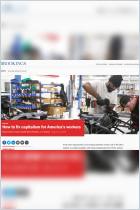
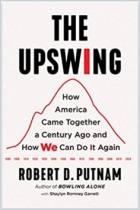
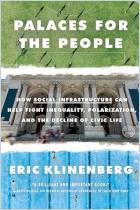
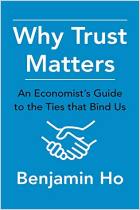


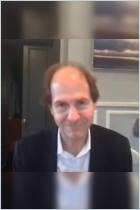







Comment on this summary